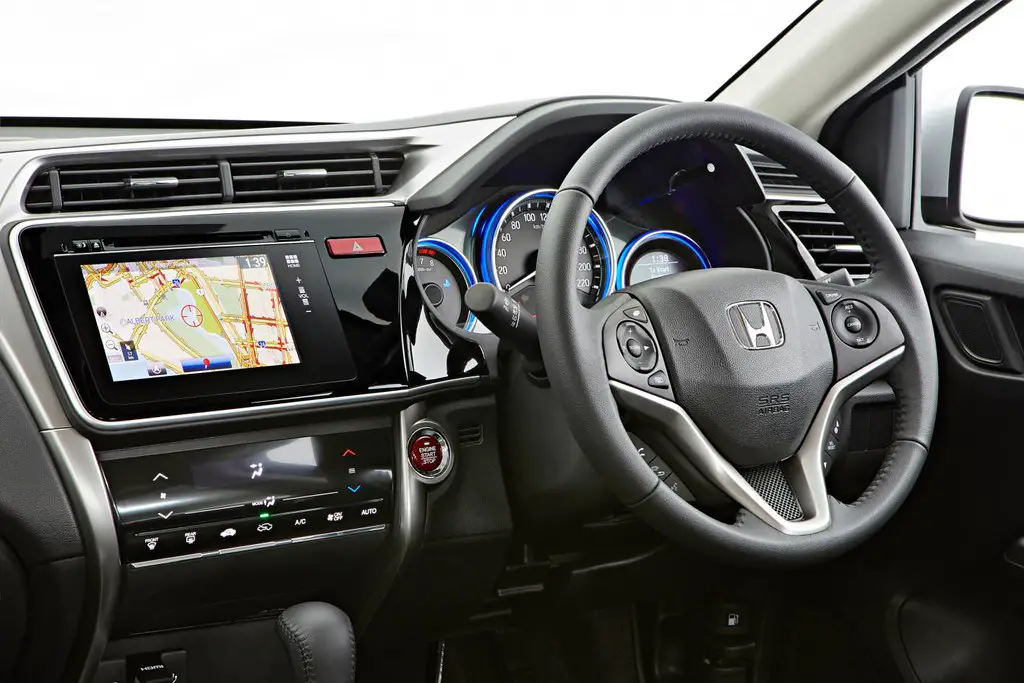In the world of automotive technology, constant innovation paves the way for revolutionary changes. One such innovation is the Continuously Variable Transmission (CVT), a remarkable piece of engineering that has taken the automotive industry by storm. If you’re a beginner or an enthusiast eager to delve into the world of cars and transmissions, this guide will help you unlock the power of CVT transmissions, with a specific focus on Honda’s reliability in this realm.
Smooth, Seamless, and Infinite: Understanding CVT Transmissions
At the heart of a CVT transmission lies a system of two pulleys connected by a chain or belt. One pulley is tied to the engine, while the other is linked to the transmission, allowing the transfer of engine power to the drivetrain. Unlike traditional transmissions, CVTs don’t rely on fixed gear ratios. Instead, they use coned pulleys that adjust their positions based on driver input, resulting in an infinite range of gear ratios.
The Benefits of Honda CVT Reliability
- Improved Fuel Economy: Honda CVT transmissions offer enhanced fuel efficiency thanks to their smooth power delivery and optimal engine speed maintenance. This design leads to better fuel consumption and reduced environmental impact.
- Seamless Gear Changes: Unlike traditional automatics that need to hunt for gears, CVTs smoothly transition between gear ratios. The absence of gear shifts ensures a seamless driving experience, free from noticeable interruptions.
- Compact Design: With fewer moving parts, CVTs are more compact and lightweight compared to conventional transmissions. This design not only contributes to better performance but also minimizes the risk of friction-related issues.
- Better Acceleration: CVTs excel in providing smooth acceleration, quickly adapting to the engine’s optimal RPM range. This results in instant power availability, making your driving experience more responsive.
- Cost-Effective Maintenance: Honda’s CVTs require less routine maintenance due to their simplified design and reduced friction. This translates to fewer wear and tear issues, resulting in potential long-term cost savings.
- Versatility: CVTs effortlessly adapt to various driving conditions, ensuring optimal power delivery in any situation. Whether you’re navigating city streets or cruising on the highway, the transmission adjusts to match your engine’s needs.
- Reduced Emissions: Optimal RPM management in CVTs leads to more efficient engine operation, ultimately reducing CO2 emissions and benefiting both your wallet and the environment.
- Proven Longevity: While relatively new, Honda’s CVTs have showcased impressive longevity, rivaling or surpassing traditional transmissions’ lifespan with proper maintenance.
- User-Friendly for New Drivers: CVTs provide a gentle learning curve for new drivers, offering a smooth and forgiving introduction to driving without the complexity of traditional gear shifts.
- Consistent Engine Noise: CVTs maintain a consistent engine noise level, enhancing the overall driving experience by reducing intrusive sounds, especially during long journeys.
- Enhanced Engine Cooling: The smooth operation of CVTs allows engines to operate at optimal temperatures consistently, prolonging engine life and reducing wear on various vehicle components.
Considering the Downsides: A Balanced Perspective
While Honda’s CVT transmissions offer an array of benefits, it’s important to consider potential downsides to make an informed decision.
- Noisier Operation: CVTs tend to operate at higher RPMs, resulting in a slightly noisier experience compared to traditional automatics. This noise is attributed to their design and continuous RPM adjustments.
- Costly Repairs and Maintenance: Despite their simplified construction, CVTs can be costly to repair or replace due to the scarcity of parts and qualified technicians. Maintenance intervals may also be shorter, requiring more frequent fluid changes.
- Lack of Driver Engagement: Enthusiasts might miss the tangible gear shifts offered by traditional transmissions, as CVTs provide a smooth but less engaging driving experience.
- Limited Torque Handling: CVTs may struggle with high torque applications due to their design limitations, making them less suitable for vehicles requiring significant power outputs.
- Long-Term Durability Concerns: Although improving, CVTs’ long-term durability is still a concern due to their relatively recent introduction compared to traditional transmissions.
- Limited Manual Control: While some CVTs offer manual modes, they may not provide the same level of responsiveness and engagement as traditional automatics.
- Potential Heat Issues: CVTs are susceptible to generating excess heat, which can lead to fluid degradation and premature component wear, especially under demanding conditions.
- Resale Value Concerns: The mixed perception of CVTs among the public could affect the resale value of vehicles equipped with this technology.
Ensuring Longevity and Performance
To maximize the benefits of a Honda CVT transmission, regular maintenance is key. Transmission fluid plays a crucial role in preventing wear and ensuring optimal operation. Regularly changing transmission fluid, following manufacturer recommendations, and adjusting maintenance based on your driving habits and climate can extend the CVT’s lifespan.
In conclusion, Honda’s CVT transmissions offer a blend of performance, efficiency, and durability that cater to a wide range of drivers. While they come with their unique set of benefits and downsides, a well-maintained Honda CVT reliability can provide a superior driving experience for many years to come. As technology advances and refinements continue, CVTs are poised to solidify their place in the automotive world, offering both innovation and reliability.

